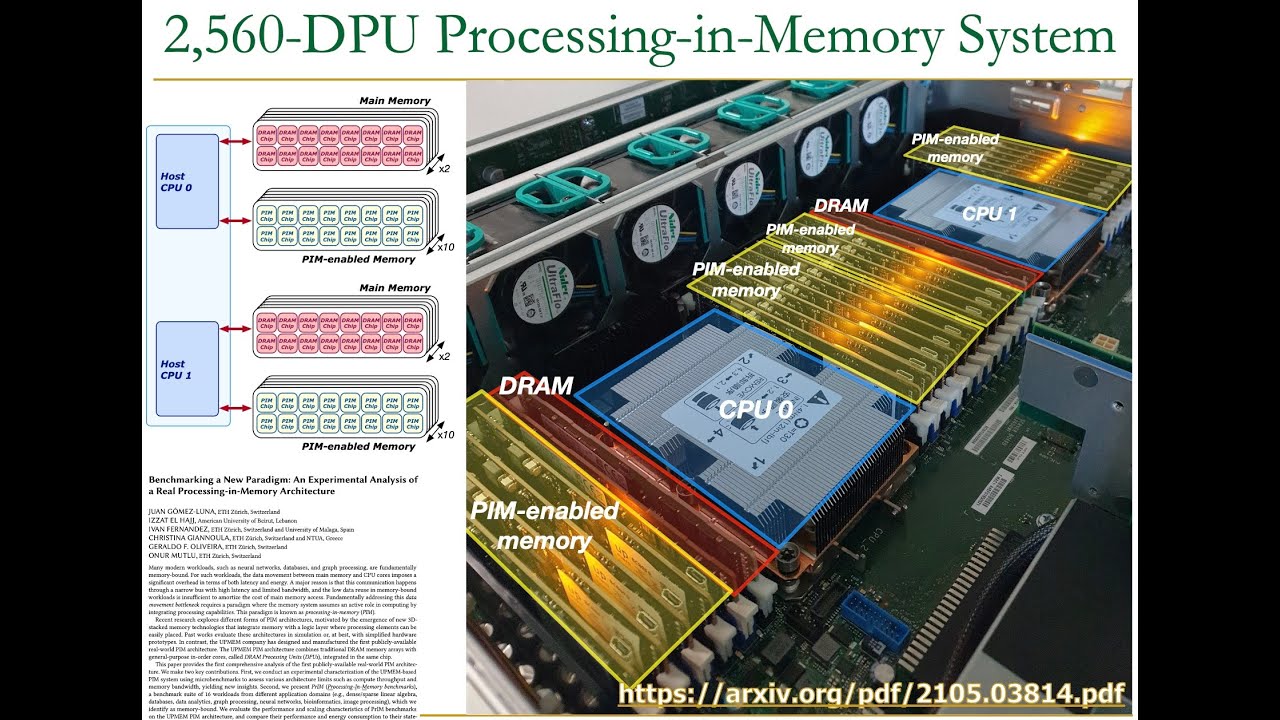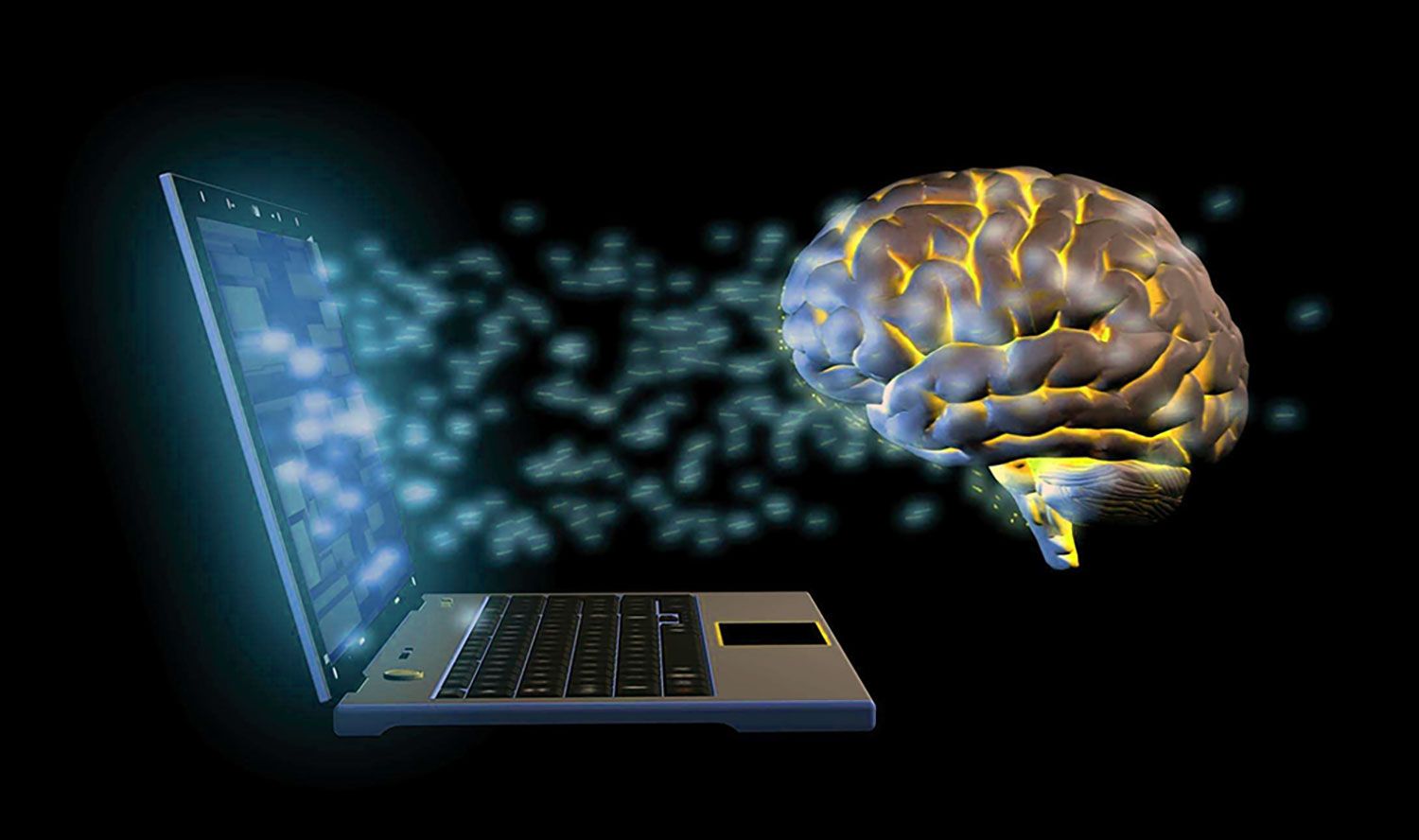
Can Memories Revolutionize Data Processing? A Dive into PIM Technology
In an age where data is growing at an astonishing rate, traditional methods of processing this information are becoming increasingly inadequate. Recently, a team of researchers from the Israel Institute of Technology announced a significant breakthrough: the ability to process data directly in memory, effectively bypassing the CPU. This advancement could redefine how we think about computing and data management in the near future.
Breaking the Memory Wall
The conventional architecture in computing has been limited by what is often referred to as the ‘memory wall.’ This term describes the growing gap between the speed of processors and the speed of memory. As chips become faster, accessing data from memory can become a bottleneck, slowing down overall system performance. The Israeli researchers have tackled this issue head-on with their new approach, allowing operations to occur directly in memory, which is a game-changer.
Imagine running complex algorithms without the usual delays experienced when data is fetched from memory. This is precisely what the new system, dubbed PyPIM, aims to achieve. By integrating digital processing-in-memory (PIM) technology with Python, they provide a platform that is not only innovative but also user-friendly for developers accustomed to Python’s syntax.
 The evolution of data processing technologies.
The evolution of data processing technologies.
PyPIM: A New Era for Developers
PyPIM has been designed with developers in mind. It bridges the gap between cutting-edge technology and ease of use. The platform includes new instructions that enable operations directly within the memory, allowing for improved speed and efficiency with minimal changes required to existing code. This flexibility is critical as it opens the door for a wide array of applications, particularly in industries that rely on quick data retrieval and processing—think AI, big data analytics, and real-time decision-making.
Advantages of Processing in Memory
The implications of this technology are vast. For instance, the researchers conducted simulations that demonstrated significant performance improvements across various mathematical and algorithmic tasks. This means, in practical terms, that tasks that once took considerable time can now be performed almost instantly. As someone who has spent countless hours waiting for simulations to run, I find this prospect incredibly exciting.
Such advancements could lead to not only faster processing times but also lower energy consumption. Given the ongoing conversations around sustainability and the environmental impact of technology, reducing the power needs of processing could provide meaningful contributions to efforts to combat climate change. Imagine data centers being able to handle more workloads without requiring more energy.
 Visualizing the future of computing technologies.
Visualizing the future of computing technologies.
The Future of Computing
As PyPIM and similar innovations come to fruition, we must consider how they will alter our approach to programming and technology development. It could encourage a movement towards more efficient coding practices and stimulate a wave of new applications that was previously constrained by the hardware limitations of traditional memory architectures.
Moreover, the ramifications extend beyond just speed and efficiency. Innovations like this could democratize access to computing power, allowing smaller entities and individuals to leverage technology that was once only available to larger corporations with substantial resources.
Personal Reflections on Technological Change
Reflecting on my journey in tech, I recall the days when even basic programming tasks were marred by inefficiencies and cumbersome processes. The thought of writing Python code that interacts seamlessly with memory feels like stepping into a new era of programming. It resonates with my desire to simplify and enhance the coding experience while paving the way for more intuitive and effective data handling.
As we stand on the brink of potentially transformative changes in data processing technology, I can’t help but feel hopeful. Will we see a new generation of developers embrace these tools to innovate in ways we can’t yet imagine? Only time will tell.
 Emerging technologies paving the way for future innovations.
Emerging technologies paving the way for future innovations.
Conclusion: Embracing Change
The revelation from the Israeli researchers is more than just a technical feat; it’s a call to the industry to embrace the change rapid innovations often bring. Think of how smartphones have evolved our daily lives—how might processing in-memory technology transform our work and interactions with data? As we continue to push the boundaries of what’s possible in computing, staying knowledgeable and adaptable will be essential for anyone engaged in tech today.
These developments remind us that in the world of technology, the next big leap is often just around the corner, waiting for enterprising minds to take the plunge. Let us keep our eyes open and our minds ready—the future of computing is here, and it’s processing data in ways we had yet to dream of.














